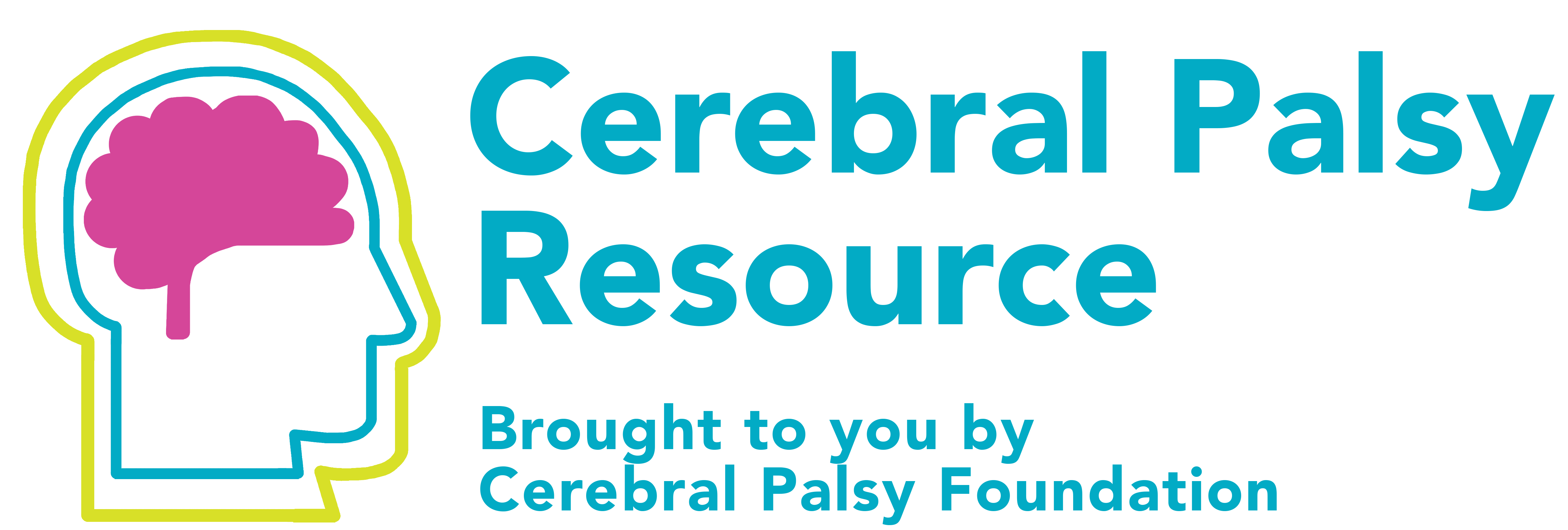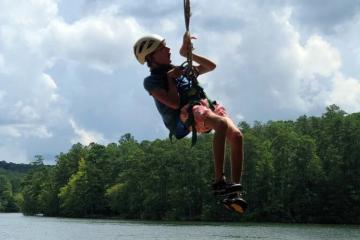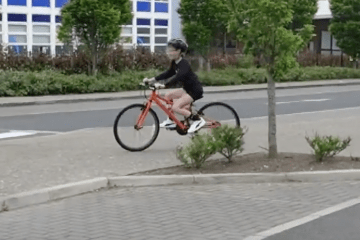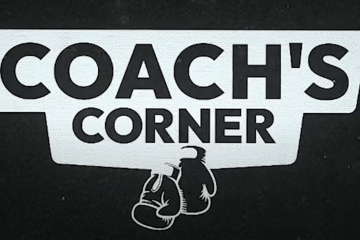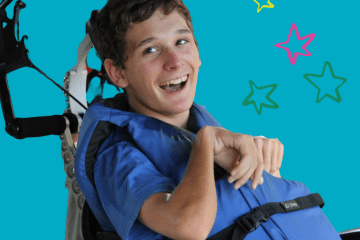Tips For Getting the Right Amount of Exercise
For people with a physical disability, activity is a lifestyle. It's something that can start in physical therapy, but it really is something that has to be carried over into their everyday lives. What has happened over the years is we're understanding the importance of mobility.
The recommendations for children is that they be active at least 30 minutes a day at a moderate level. There are a lot more devices that actually aid children in being more mobile. There are machines, such as gait trainers, that are there for children to be more mobile, to have them move through their environment, and to get the exercise they're able to do.
For children that have more disability, there is something called a RaceRunner, which is a bicycle seat that a child can sit on. They basically move it with their feet and can run races. You can play soccer in your walker. You can participate at a very high level using the device that you use every day. Swimming, for example, is a fantastic exercise. Almost any child with cerebral palsy can swim at some level. Some of the children may be able to do it on their own. Some of the children may need someone to help hold them up or use a flotation device, but it's still valuable that they're able to get in the water, move their arms, activate their muscles, and get some exercise.
As a physical therapist, I do think that physical therapists should be the resource for families to help them find ways for their child to be active, to talk about adaptive equipment, and to maybe think of some novel strategies the therapists have come up with themselves. The main thing is to receive the benefit of exercise the child has to exert the effort themselves. They need to use their muscles. They need to get their heart rate up. They need to really get involved in the activity so they can benefit from it.
"For people with a physical disability, activity is a lifestyle."
